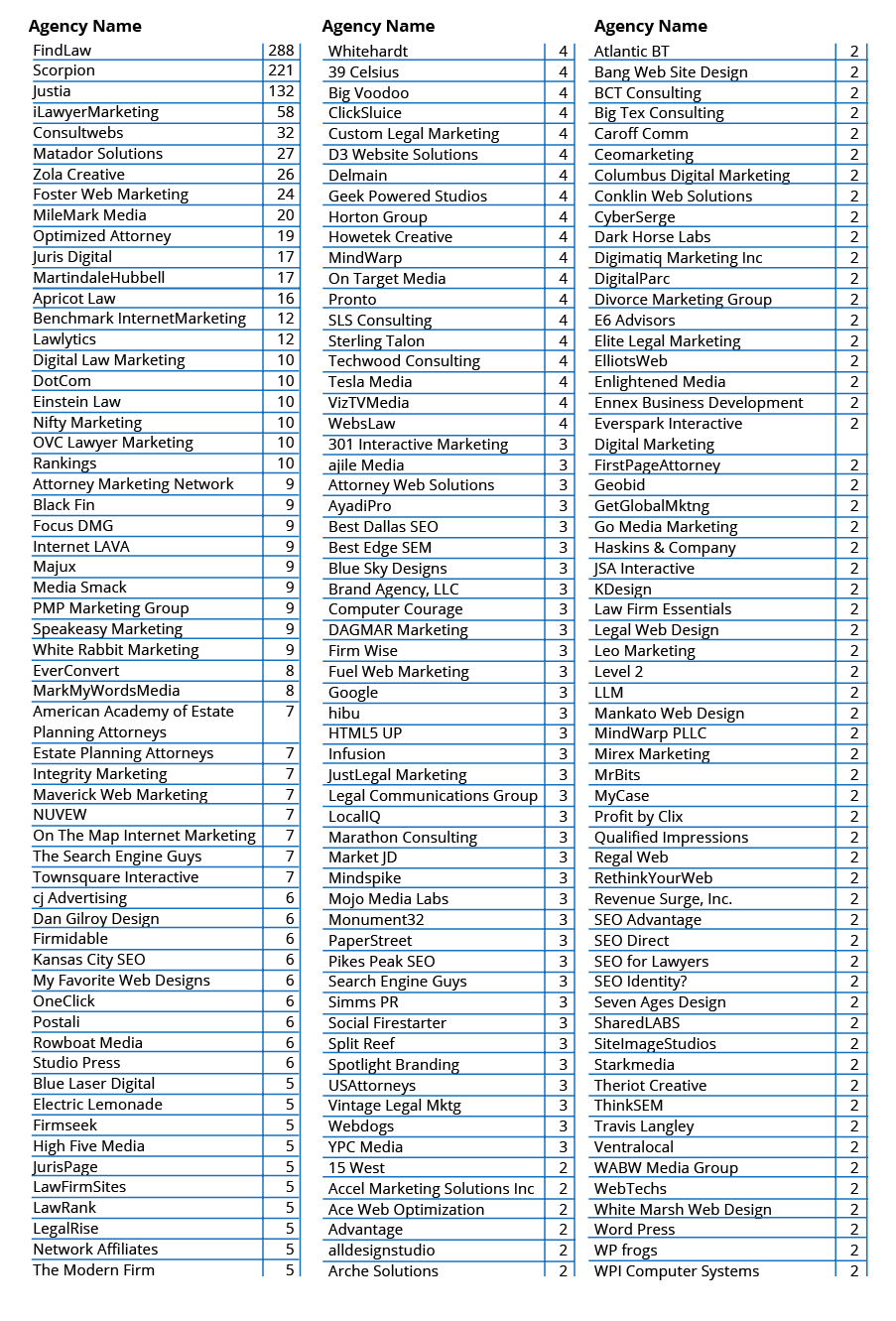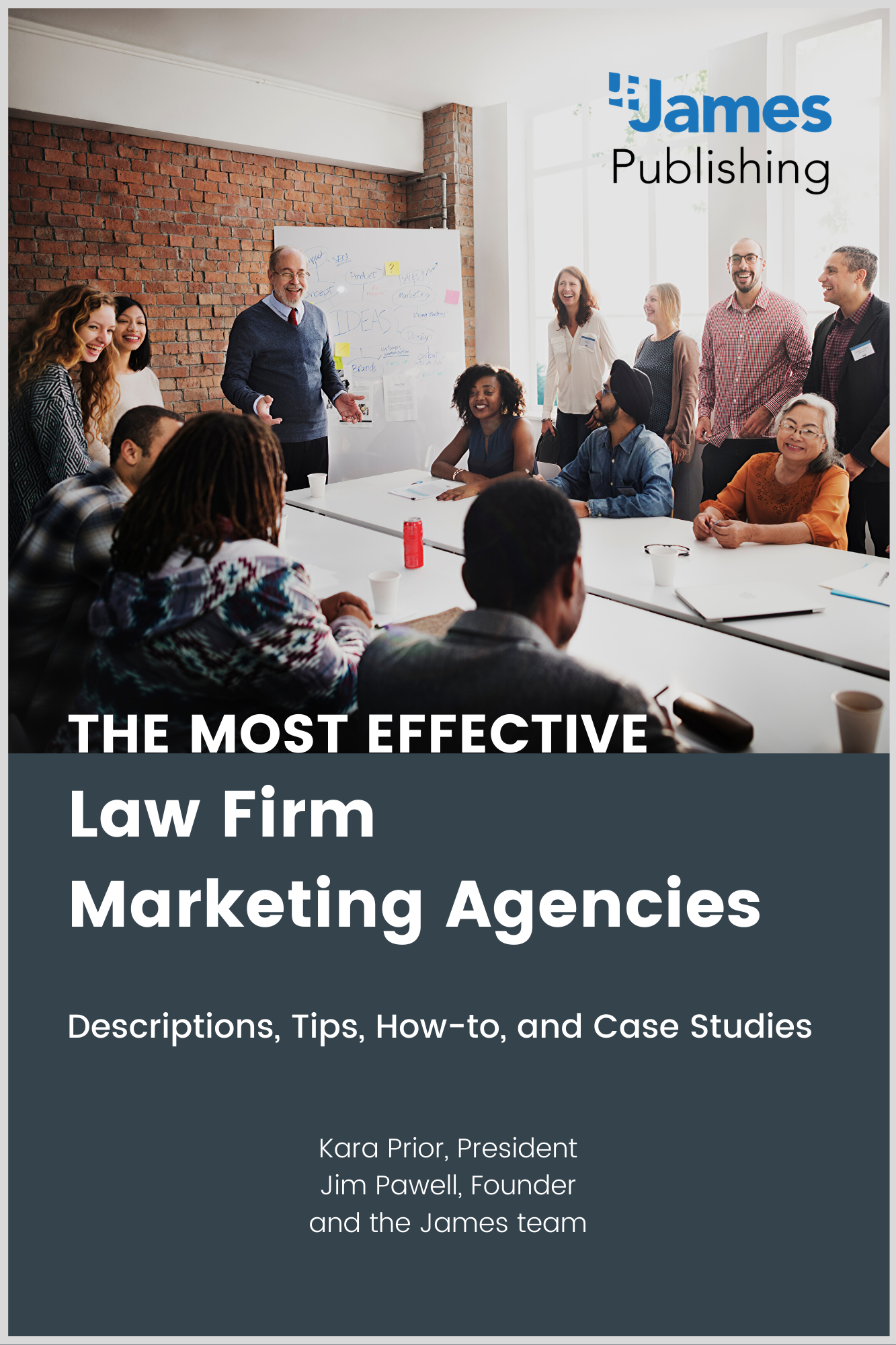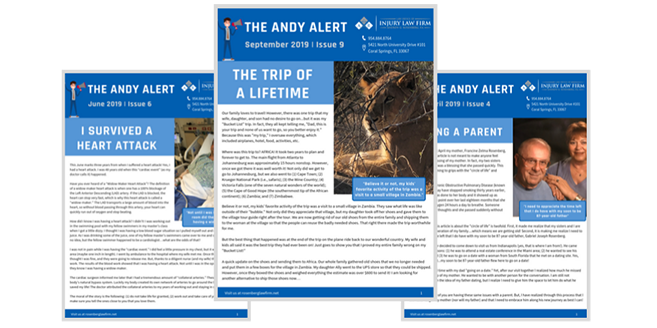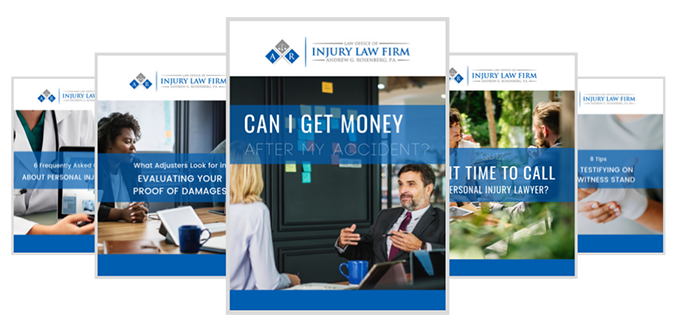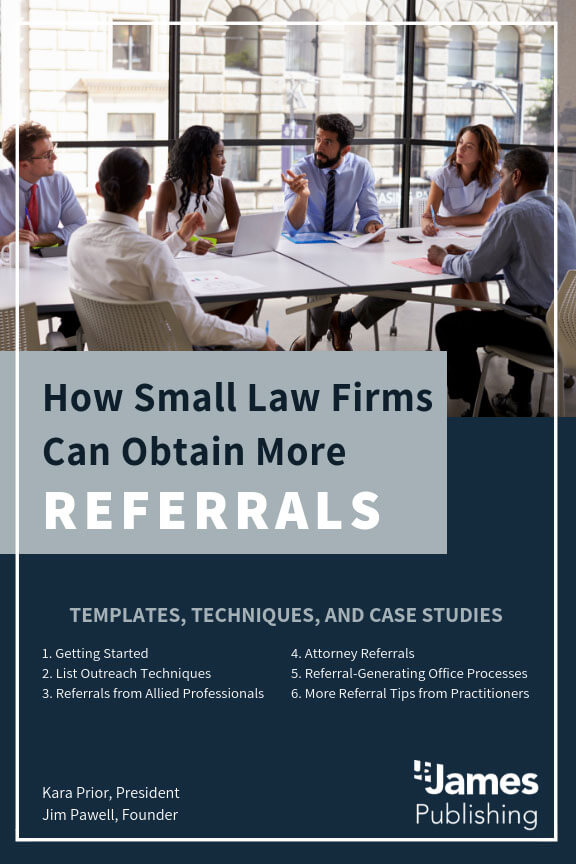
Law Firm Referral Marketing vs. SEO vs. PPC
Law Firm Referral Marketing vs. SEO vs. PPC

The three major marketing channels for small law firms are referrals, search engine optimization, and pay-per-click ads. Each has advantages and disadvantages, which we will cover in this article.
Which channel is right for you to invest more or less time and money into is for you to decide, but we hope the data and analysis we provide in this article will help you make an informed judgment.
Full disclosure: we focus on referral marketing and do not provide SEO or PPC services. Nonetheless, we have worked hard to provide a fair and unbiased assessment of each marketing channel, including pros and cons.
We begin with analytical details on each of the three marketing channels, and then compare them side-by-side.
1. Referral Marketing
Unique benefit
Referred prospects are nearly always the highest-quality leads you can obtain, for vetting will have been done by the referrer. The best vetting and prospects will come from other lawyers, but non-attorney professionals are a close second.
Even prospects referred by past clients will be a notch above, as there will have been some discussion between the prospect and your past client about you, the service you provide, the legal issues you handle, and the prospect’s situation.
The marketing work
Consultants frequently advise to reach out to prospective referral partners with postal letters, but in our extensive experience (we set 80-100 referral partner appointments every month), it is far more effective to use phone.
Generate a list of 25 local attorneys in complementary specialties and 25 non-attorney professionals who serve your clientele. Have a non-attorney team member call the prospects’ gatekeepers, explain the purpose of the call, and ask to set a phone appointment between you and the prospective referral partner. Leave an explanatory voicemail and send an email with more details. Expect to spend 2-3 hours obtaining each appointment, and more time cultivating the new relationships.
Outsourced costs
We know of no one offering this service except us. Our Referral System costs $595/month, and includes far more than just referral partner appointments and cultivation. Details can be obtained below.
Do-it-yourself costs
Zero. You might choose to send some low-cost gifts to your new referral partners, but you don’t need to for the program to be effective.
Pros
— Generates high-quality prospective clients
— Reasonably-priced outsourcing, or free when handled in-house
— Upfront work can deliver clients for years
Cons
— Takes months to deliver results
— Results vary with attorney’s expertise and involvement
— Requires ongoing cultivation of referral partners
2. Search Engine Optimization
Unique benefit
The Holy Grail of online marketing is high organic search engine placement for popular keywords having buyer intent — e.g., Denver auto accident attorney or Charleston estate planner. If your landing page or website does a good job of converting visitors to appointments, strong placement in the search engines can deliver a steady flow of leads.
However, the best keywords are aggressively pursued by capable marketers with sizable budgets, and space on Google page one is limited. Instead, you can successfully pursue placement for longer and lower-trafficked keywords that have been ignored by the big SEO spenders.
The marketing work
Good search engine placement requires regular creation of high-quality, original, and optimized content. Ideally, that content answers questions and addresses issues frequently searched by prospects, and does so in detail and with at least 2,000 words. Even better, the articles will be illustrated with images, infographics, charts, and tables.
In addition, inbound links need to be obtained for the content you create and post on your site. Many techniques exist, from guest posting to broken link substitutions. All require some teaching, time, and luck.
Outsourced costs
Most online marketing agencies focusing on the legal market charge a minimum of $1,500/month for SEO services, so figure on $1,500 – $2,500 per month for full-service search engine optimization work.
You may be able to pare those costs if you supply all the writing and your agency is willing to work with you on that basis.
Do-it-yourself costs
Plan on lots of educational reading if you want to do your own SEO work. Optimization is both science and art, and due to a high pace of change, requires ongoing research and experimentation.
Most lawyers are better off outsourcing their firm’s SEO work, but if you have the time and motivation to do your own SEO your only expenditures will be for educational and analytical subscriptions. Budget $200-300/month.
Pros
— When successfully obtained, high organic Google rankings can be a wonderful and reasonably-priced source of website traffic
— For some low-competition keywords and cities, all that is needed to rank well is good writing
Cons
— Ongoing work is required to obtain and maintain your Google rankings
— Quality backlinks are difficult to obtain
— Most lawyers have neither the time nor the expertise to handle the work themselves, good SEOs can be hard to find, hire, and retain, and marketing agencies are expensive
3. Pay-Per-Click Ads
Unique benefit
Quick results can be obtained with Google or Facebook ads. When you need more leads in weeks rather than months, PPC can deliver them. Most any keyword phrase can be targeted if your budget is large enough.
You also have near-immediate flexibility with PPC. You can turn the lead volume up by spending more and down by spending less, and the volume will adjust immediately. You can also pause lead flow when busy and reinstate it when slow.
As with SEO (and most marketing), you will have to sift through some unqualified prospects when dealing with PPC leads. But your lead funnel can do some of that sifting for you with education and qualifying questions.
The marketing work
Fine-tuning is critical in PPC work. Continual A/B testing of ads and landing pages will be necessary, and can materially lift your results and lower your lead costs.
You will want to regularly target new keywords, strengthen the grouping and organization of your keywords, test additional negative keywords, tighten the alignment of your ads and landing pages, and adjust your geotargeting and its exclusions.
Outsourced costs
Plan on paying $500+ per month in management fees, plus your ad spend. Some agencies will set minimum ad spend levels of $1,000, $2,000 or more, so figure a minimum of $1,500/month to run a PPC campaign through an agency.
Do-it-yourself costs
Like SEO, someone at your firm will need to dedicate themselves to learning PPC for you to bring management of your ad spend in-house. You will save the $500+/month in PPC management, but the mis-spent ad dollars may cost you far more. We recommend at least starting with professional management before you consider bringing the work in-house.
Pros
— Near-immediate results
— The ROI can be steadily improved with experimentation
— Lead volume can be readily adjusted up or down
Cons
— Targeting the best keywords is expensive
— Obtaining or hiring the needed management expertise is also costly
— Continual fine-tuning is required
— Ad costs have been steadily rising
Comparing the Three Marketing Channels

Conclusion
Each of the three major marketing channels offers a unique benefit, and has a place in the marketing efforts of a large-budget firm with aggressive growth plans.
Medium spenders will want to team a low-cost referral marketing effort with either SEO or PPC, selecting SEO for its long-term benefits or PPC for its quick results.
Firms with tight budgets can pursue do-it-yourself referral marketing and content creation, spending a bit on a freelancer for on-page optimization and link-building of the content created by the firm.
Build A Referral-Based Law Firm




